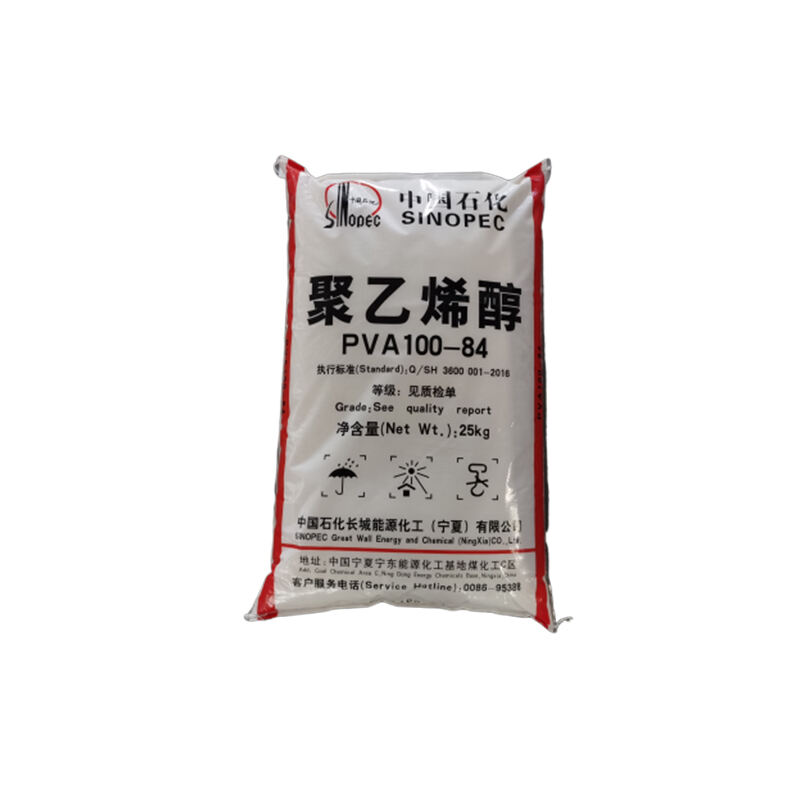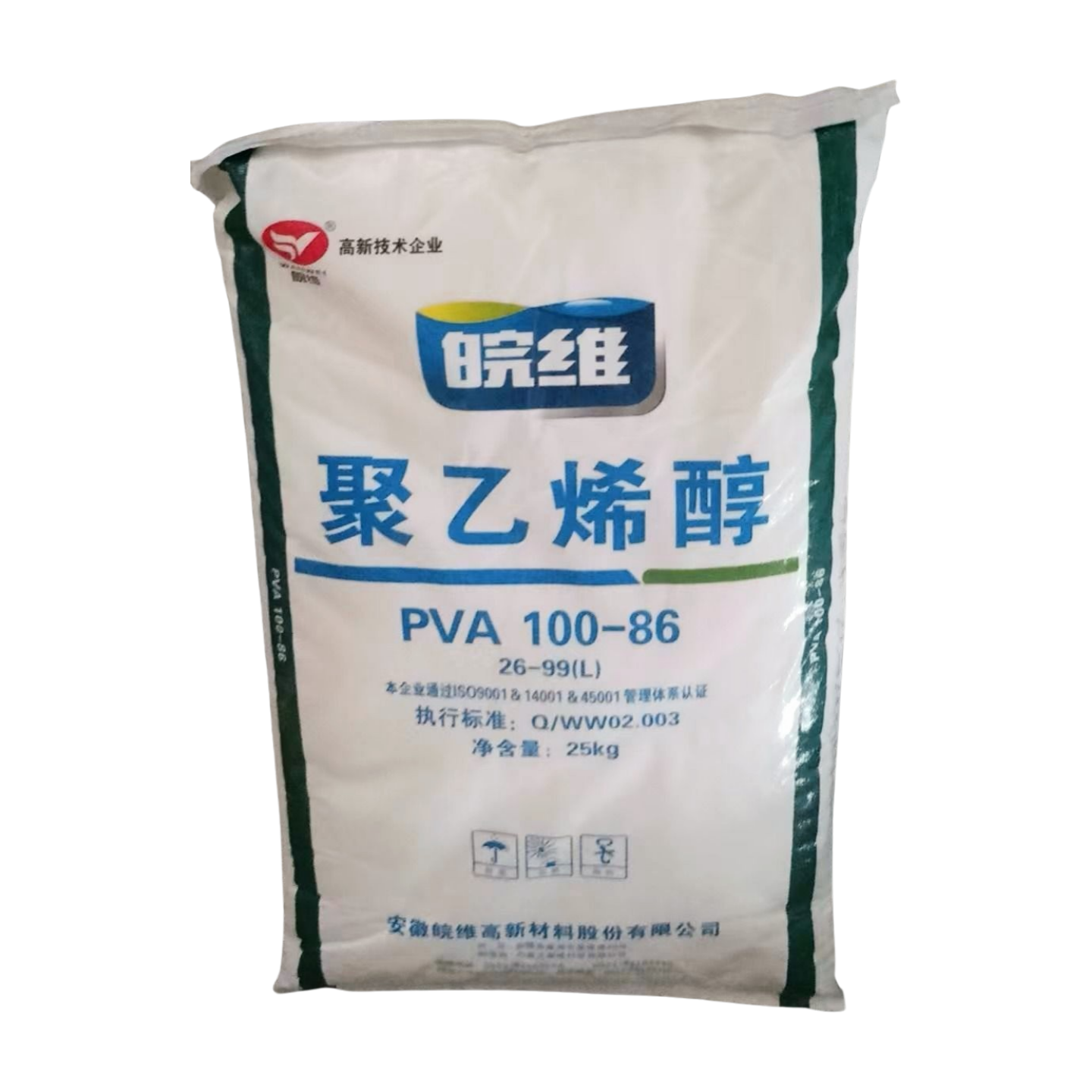
PVA coatings offer high tensile strength and clarity, ideal for transparent films and paper coatings, but lack water resistance—prone to swelling in humid environments. VAE coatings, however, excel in water resistance due to ethylene segments, making them suitable for exterior paints and bathroom coatings. PVA’s film hardness exceeds VAE’s, making it preferable for scratch-resistant surfaces like wood finishes. VAE’s adhesion to non-porous substrates (e.g., metal, PVC) outperforms PVA, which struggles without primers. PVA coatings dry faster, suitable for high-speed printing, while VAE’s slower drying allows better pigment dispersion in tinted paints. Cost-wise, PVA is cheaper, but VAE offers longer lifespan in harsh conditions, justifying higher prices for durable applications like marine coatings.

